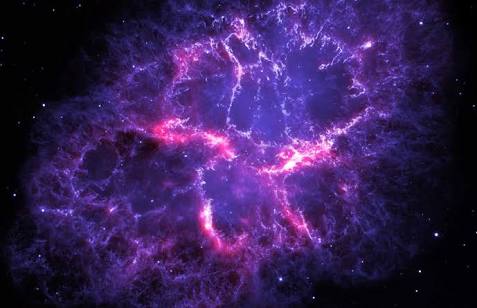ONLY 1 GRAM OF THIS MATERIAL COSTS 25 BILLION DOLLARS
.jpeg)
In modern physics, antimatter is defined as a material composed of the antiparticle (or "partners") to the corresponding particles of ordinary matter.
In theory, a particle and its anti-particle have the same mass as one another, but opposite electric charge, and other differences in quantum numbers. For example, a proton has positive charge while an antiproton has negative charge. A collision between any particle and its anti-particle partner is known to lead to their mutual annihilation, giving rise to various proportions of intense photons (gamma rays), neutrinos, and sometimes less-massive particle–antiparticle pairs.
Annihilation usually results in a release of energy that becomes available for heat or work. The amount of the released energy is usually proportional to the total mass of the collided matter and antimatter, in accord with the mass–energy equivalence equation, E = mc2.
Antimatter particles bind with one another to form antimatter, just as ordinary particles bind to form normal matter. For example, a positron (the antiparticle of the electron) and an antiproton (the antiparticle of the proton) can form an antihydrogen atom. Physical principles indicate that complex antimatter atomic nuclei are possible, as well as anti-atoms corresponding to the known chemical elements.
There is considerable speculation as to why the observable universe is composed almost entirely of ordinary matter, as opposed to an equal mixture of matter and antimatter. This asymmetry of matter and antimatter in the visible universe is one of the great unsolved problems in physics. The process by which this inequality between matter and antimatter particles developed is called baryogenesis.
Antimatter in the form of anti-atoms is one of the most difficult materials to produce. Individual antimatter particles, however, are commonly produced by particle accelerators and in some types of radioactive decay. The nuclei of antihelium have been artificially produced with difficulty. These are the most complex anti-nuclei so far observed.
This post recieved an upvote from Shisirr
If you would like to recieve upvotes from Shisirr on all your posts,
simply FOLLOW @Shisirr